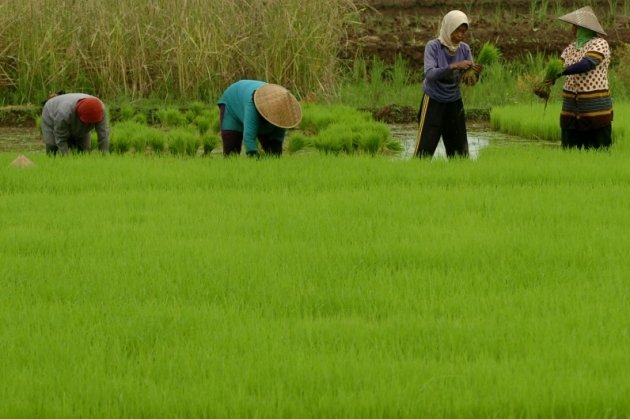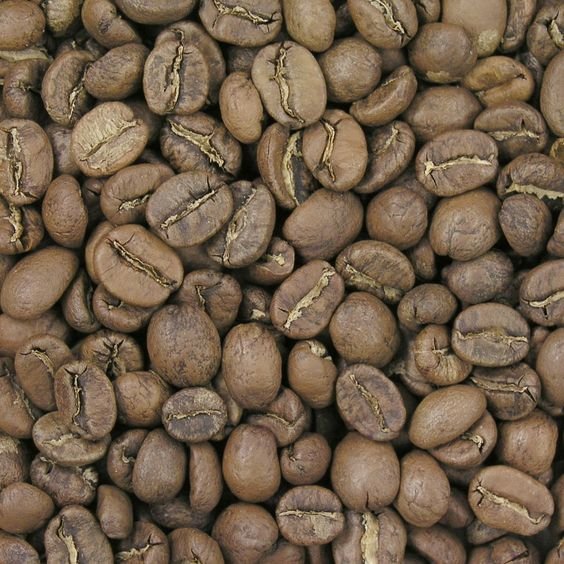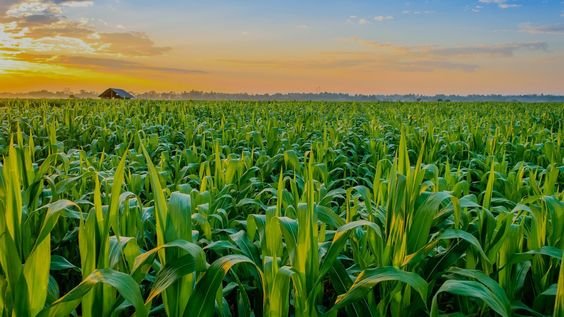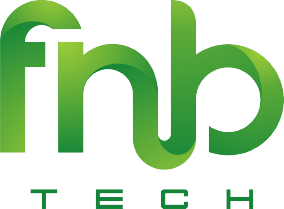Unleashing Efficiency: A Guide to Precision Farming in the Smart Agriculture Revolution
Precision farming sector stands at a crossroads. The ever-growing global population demands a significant increase in food production, while environmental concerns necessitate sustainable practices. This critical juncture calls for innovative solutions, and precision farming, a key component of smart agriculture, emerges as a powerful answer to these challenges.
Defining Precision Farming and its Connection to Smart Agriculture
Precision farming, also known as site-specific management, utilizes advanced technologies to gather data about individual fields or even smaller portions of land, enabling farmers to make informed decisions about resource utilization. This data-driven approach contrasts with traditional farming methods that apply uniform practices across the entire field, regardless of inherent variations.
Smart agriculture, on the other hand, encompasses a broader framework, integrating various technologies with the aim of enhancing agricultural operations in a holistic manner. Precision farming falls under the umbrella of smart agriculture, playing a crucial role in optimizing resource management, maximizing yields, and mitigating environmental impact.
Body: Exploring the Benefits and Applications of Precision Farming
1. Enhanced Resource Utilization:
- Improved Irrigation: Soil moisture sensors provide real-time data, allowing farmers to irrigate precisely based on crop needs and soil conditions. This reduces water waste and optimizes water use efficiency, crucial in regions facing water scarcity.
- Targeted Fertilization: Sensors analyze soil nutrient levels, enabling farmers to apply fertilizers only where and when needed. This minimizes fertilizer waste, reduces potential environmental contamination, and optimizes crop nutrition for better yields.
- Pesticide Precision: Precision spraying technologies, including drones and GPS-guided tractors, ensure pesticides are applied only to targeted areas and affected plants, minimizing over-application and environmental impact.
2. Increased Crop Yields and Quality:
- Data-Driven Decisions: Real-time data on crop health and growth conditions enables farmers to identify issues promptly and implement corrective measures, fostering optimal growth and preventing yield losses.
- Variable Rate Seeding: This technology adjusts seeding density based on soil fertility and other factors, ensuring efficient utilization of seeds and maximizing yields.
- Precision Weed Control: Image recognition software and targeted weed control technologies offer effective management of weeds, minimizing competition for resources with desired crops and improving overall crop quality.
3. Environmental Sustainability:
- Reduced Water and Fertilizer Usage: As mentioned earlier, precision farming practices significantly contribute to reducing water waste and fertilizer runoff, minimizing their adverse environmental impact.
- Improved Soil Health: By optimizing nutrient application and minimizing soil disturbances, precision farming promotes improved soil health, which in turn enhances long-term agricultural productivity and sustainability.
- Precision Pest & Disease Management: Early detection and targeted application of pest and disease control measures minimize the need for broad-spectrum pesticides, protecting biodiversity and reducing environmental risks.
4. Economic Benefits for Farmers:
- Increased Profitability: Enhanced resource utilization, improved yields, and reduced waste lead to significant cost savings and higher profitability for farmers.
- Improved Market Access: Precise data collection on crop quality and traceability allows farmers to access premium markets demanding specific production and quality standards.
- Streamlined Decision-Making: Data-driven insights empower farmers to make informed decisions regarding resource allocation and land management, leading to improved farm efficiency and economic performance.
Implementation Challenges and the Path Forward
Despite its remarkable potential, precision farming adoption faces challenges. The initial investment in technologies can be substantial, and technical expertise is often required for operation and data interpretation. Additionally, access to reliable internet connectivity and robust infrastructure can be limited in certain regions.
To overcome these challenges, several solutions are crucial. Governments and research institutions can play a vital role in promoting technology adoption by providing financial assistance, educational programs, and infrastructure development. Collaboration between technology companies, farmers’ organizations, and extension services can also bridge the knowledge gap and facilitate technology transfer into farm operations.
Embracing the Future of Agriculture with Precision Farming
Precision farming, a cornerstone of smart agriculture, offers a compelling path towards a sustainable and prosperous future for the agricultural sector. By embracing data-driven decision-making and utilizing cutting-edge technologies, farmers can optimize resource utilization, enhance yields, and minimize environmental impact. While challenges exist, collaborative efforts amongst stakeholders are essential to unlock the full potential of precision farming and pave the way for a more efficient, sustainable, and resilient food system.
Additional Considerations:
This article provides a general overview of precision farming. Specific technologies, applications, and implementation strategies may vary depending on the geographical location, agricultural practices, and specific crop types. It is important for farmers to conduct research and consult with experts to determine the solutions that are most suitable for their unique circumstances.





